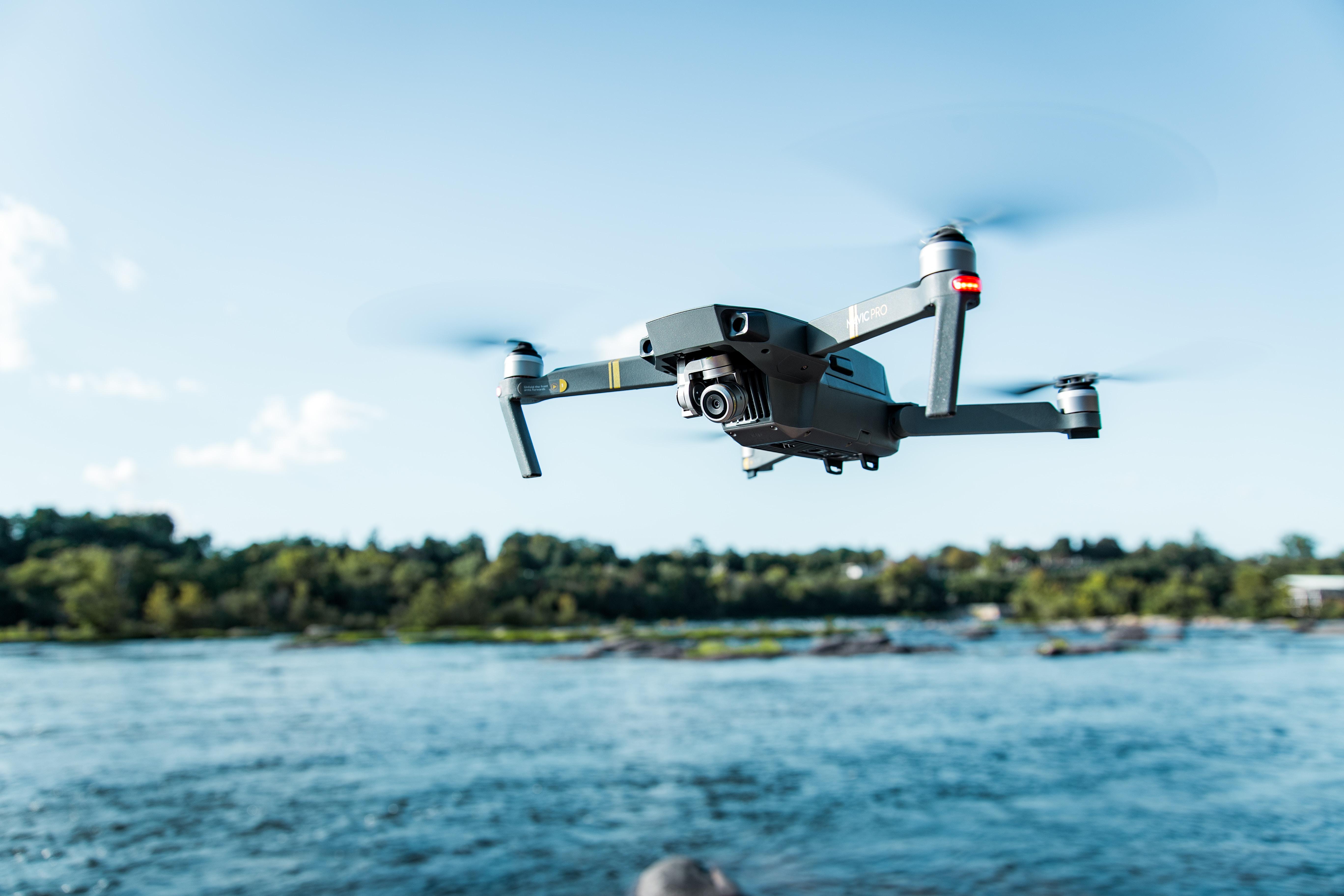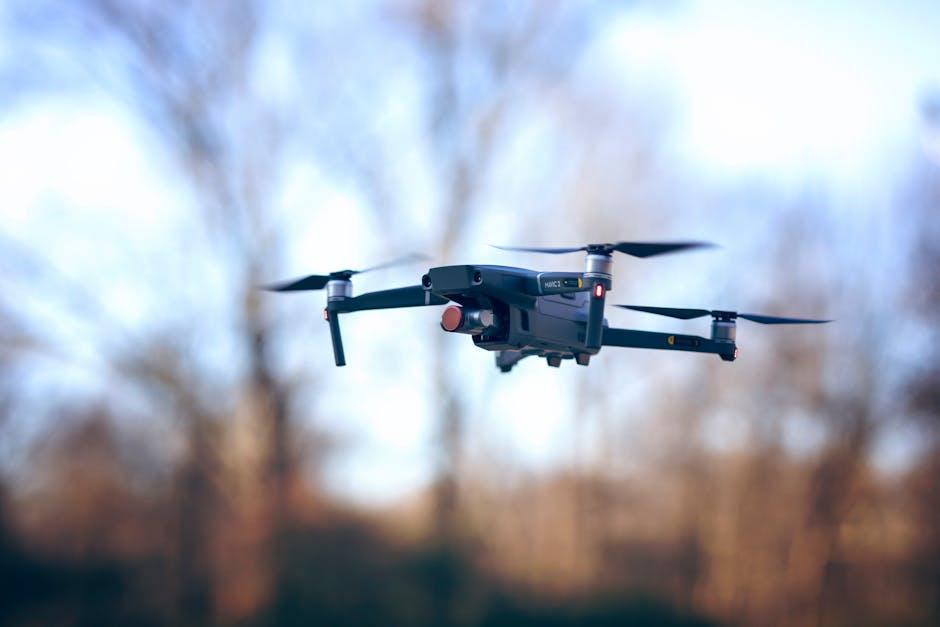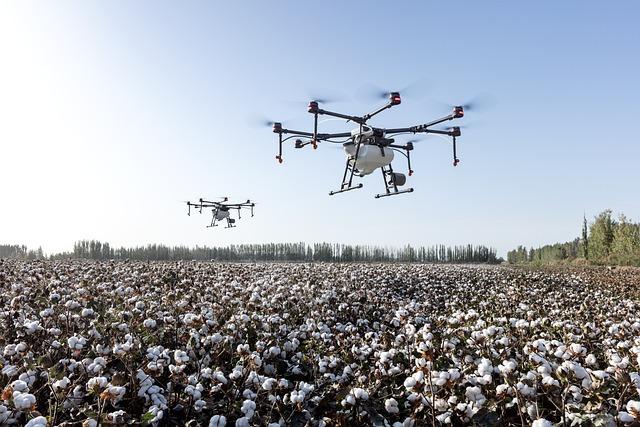In the ever-evolving landscape of filmmaking, the whir of drone propellers has become as familiar as the click of a camera shutter. Once the domain of sci-fi dreams, drone technology has soared into the heart of modern cinematography, offering filmmakers unprecedented aerial perspectives and creative possibilities. But as these high-flying gadgets continue to capture the imagination, they also prompt a crucial question: Are drones enhancing the art of storytelling or overshadowing the time-honored techniques that have defined cinema for decades? This article delves into the dynamic interplay between cutting-edge drone technology and traditional cinematography, exploring whether these aerial innovations are a boon to filmmakers or a challenge to cherished cinematic practices.
The Evolution of Aerial Storytelling
The advent of drone technology has transformed the way stories are captured from above, offering a fresh perspective that was once the exclusive domain of helicopters and cranes. This innovation has not only democratized aerial cinematography but has also introduced a new vocabulary of visual storytelling. Drones provide filmmakers with unprecedented access to hard-to-reach locations, allowing for dynamic shots that were previously unattainable or cost-prohibitive.
However, the rise of drones doesn’t necessarily eclipse traditional techniques. Instead, it complements them by adding to the filmmaker’s toolkit. Here are some key benefits drones bring to the table:
- Cost-effectiveness: Drones are significantly cheaper than hiring helicopters, making aerial shots accessible to indie filmmakers.
- Versatility: They can maneuver in tight spaces and capture unique angles, offering creative flexibility.
- Ease of use: With user-friendly controls, even novice filmmakers can achieve professional-quality shots.
While drones have revolutionized aerial storytelling, they are best used in conjunction with traditional methods to enhance the narrative depth and visual texture of a film.

Balancing Innovation with Classic Craftsmanship
In the ever-evolving world of cinematography, the integration of drone technology presents both opportunities and challenges. While drones offer stunning aerial shots and dynamic perspectives previously unattainable without significant expense, they also raise questions about the potential loss of traditional techniques. The craft of classic cinematography—with its intricate camera movements, lighting setups, and manual artistry—remains a cornerstone of visual storytelling.
Finding harmony between the two approaches involves recognizing the unique strengths each brings to the table. Consider the following aspects:
- Perspective: Drones provide sweeping aerial views, yet classic techniques offer intimate, grounded shots.
- Emotion: Traditional methods can evoke deep emotions through carefully crafted compositions.
- Accessibility: While drones make capturing complex shots easier, they should complement rather than replace traditional skills.
By embracing innovation without abandoning the rich heritage of cinematography, filmmakers can create visually stunning narratives that honor both past and present.

Challenges in Merging Tradition with Technology
- Adapting Skill Sets: Cinematographers accustomed to traditional techniques may find themselves needing to acquire new skills to operate drones effectively. The art of balancing a gimbal or framing a shot from a helicopter differs significantly from piloting a drone, requiring a blend of technical prowess and creative vision. This shift can be daunting, especially for those who have honed their craft over decades.
- Aesthetic Concerns: While drones offer breathtaking aerial perspectives, some purists argue that they lack the organic feel of shots captured through conventional means. The tactile experience of using a Steadicam or the nuanced movements of a dolly track can evoke a sense of intimacy and authenticity that drones sometimes struggle to replicate. The challenge lies in integrating these new tools without losing the essence of what makes traditional cinematography captivating.

Guidelines for Harmonizing Drones with Cinematic Artistry
In the evolving world of cinematography, integrating drones requires a delicate balance to enhance rather than overshadow traditional techniques. Here are some key principles to consider:
- Blend Aerial and Ground Perspectives: Combine sweeping aerial shots with close-up ground footage to create a seamless narrative flow.
- Maintain Visual Consistency: Ensure color grading and lighting are consistent between drone and traditional camera footage for a cohesive look.
- Use Movement with Purpose: Employ drone movements that serve the story, avoiding unnecessary or distracting maneuvers.
- Emphasize Storytelling: Focus on how drone shots can enhance the narrative, using them to reveal new perspectives or build tension.
By thoughtfully integrating drones, filmmakers can expand their visual toolbox, crafting scenes that captivate without losing the essence of traditional artistry.

